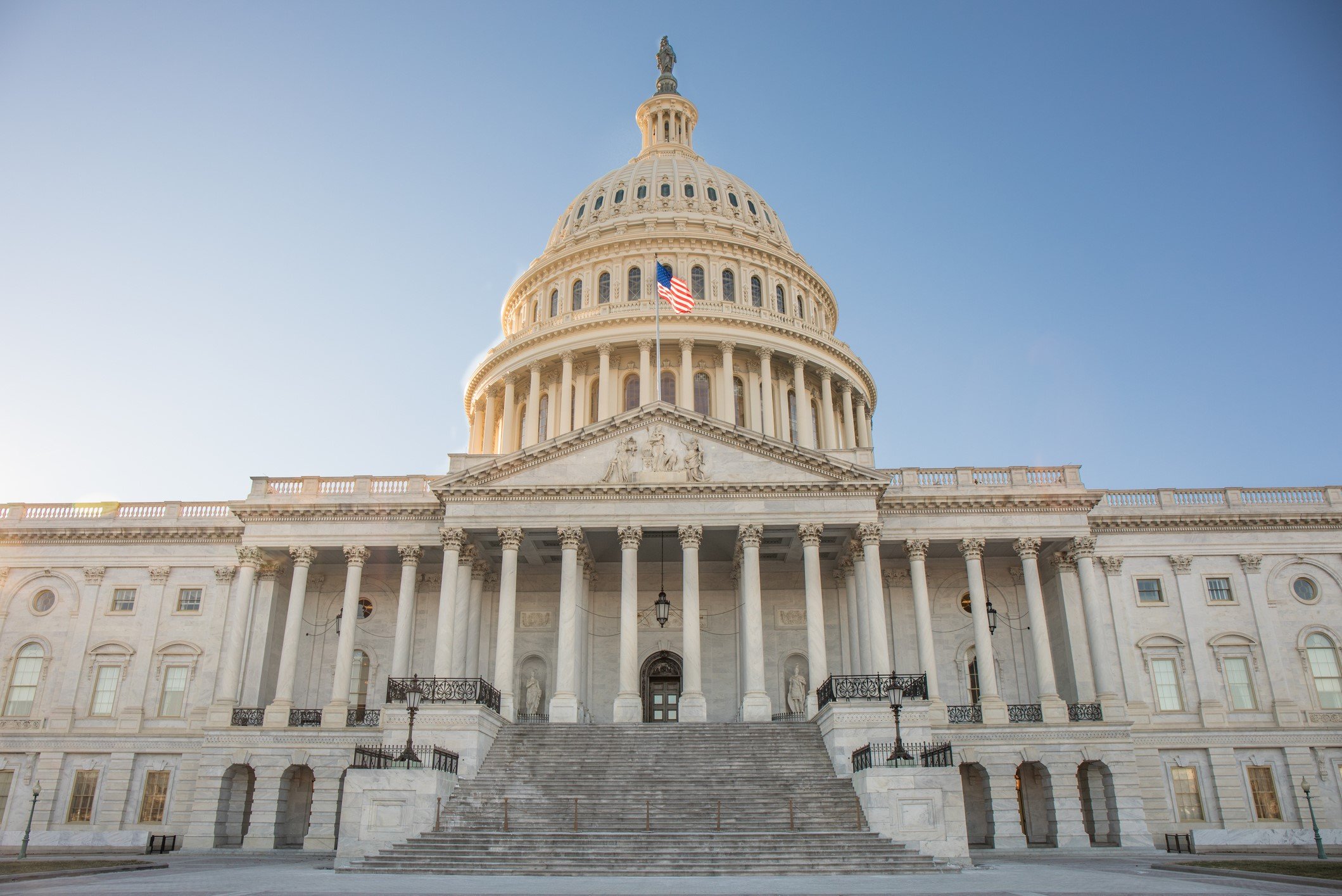Welcome BioPharmaPulse Enthusiasts
In the ever-evolving world of biopharmaceuticals, staying informed is key to understanding the shifts that shape our industry. This week, we're diving into pivotal discussions that could redefine access to life-changing medications.
What's in this issue:
- 💊 Discover how lawmakers are pushing to lower drug prices
- ⚖️ Understand the potential impact of "march-in" rights
- 🌐 Explore the balance between innovation and accessibility
Quote of the Day
"Innovation is the calling card of the future." – Anna Eshoo
Latest Developments
💊 Lawmakers Urge Government to Allow Generics for Novo Nordisk's Blockbuster Drugs (2 minute read)

Rundown:
Ahead of a pivotal Senate hearing on drug pricing, Senator Elizabeth Warren and fellow lawmakers are pressing the government to invoke its "march-in" rights. This move aims to permit generic manufacturers to produce Novo Nordisk's semaglutide medications, Ozempic and Wegovy, potentially reducing costs and expanding patient access.
Keypoints
- 🏛️ Lawmakers advocate for using "march-in" rights under the Bayh-Dole Act of 1980.
- 💰 Novo Nordisk has amassed over $38 billion from Ozempic and Wegovy sales.
- 🚫 High prices have restricted many patients from accessing these transformative drugs.
- 🕰️ The "march-in" rights have never been used before, marking a historic initiative.
Why it matters:
This push represents a significant moment in the ongoing dialogue about drug affordability and innovation. Employing "march-in" rights could set a precedent, balancing the scales between rewarding pharmaceutical breakthroughs and ensuring essential medicines are accessible to those in need.
Question of the Day
🤔 Should the government exercise "march-in" rights to allow generics for high-priced medications?
- 🙌 Yes, to improve patient access
- 📈 No, it might discourage innovation
- 🤷 Unsure, I need more information
Industry Insight
🧬 Decoding "March-In" Rights and Their Impact
"March-in" rights, established by the Bayh-Dole Act of 1980, allow the government to authorize third parties to use patents developed with federal funding under certain conditions. Although these rights have never been exercised, their potential use could encourage competition and lower drug prices.
Understanding this mechanism is crucial as it highlights how policy tools can influence the delicate balance between fostering innovation and ensuring public access to vital therapies. It's a pivotal topic for stakeholders across the biopharma spectrum.
Wrap up
Thank you for being a part of this insightful journey through the latest in biopharmaceutical developments. By staying informed, we collectively contribute to a future where innovation and accessibility coexist for the betterment of global health. If you found value in this edition, feel free to share it with your network.
Warm regards,
Elliot Reeves | BioPharmaPulse
😊 How did you like today's email?
- 😍 Loved it
- 🙂 It was OK
- 😕 Could be better
